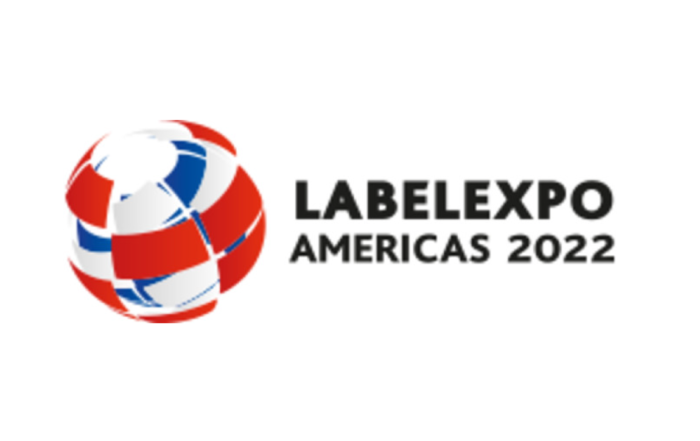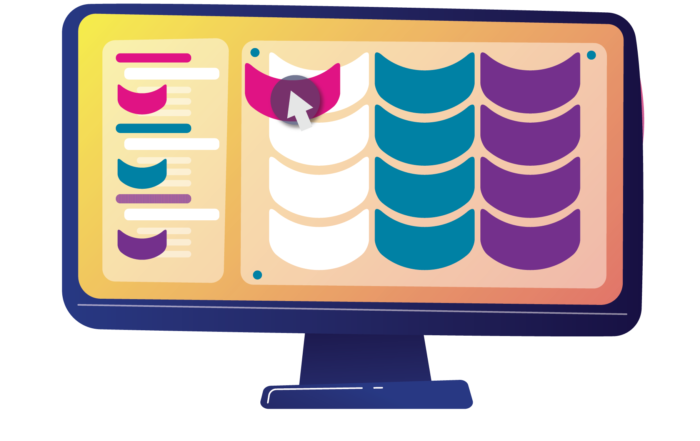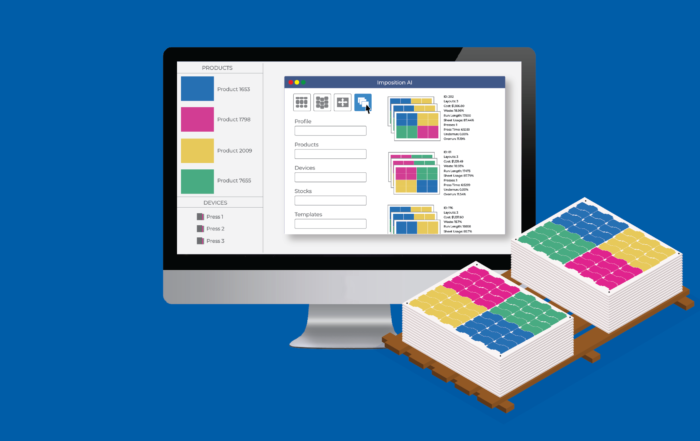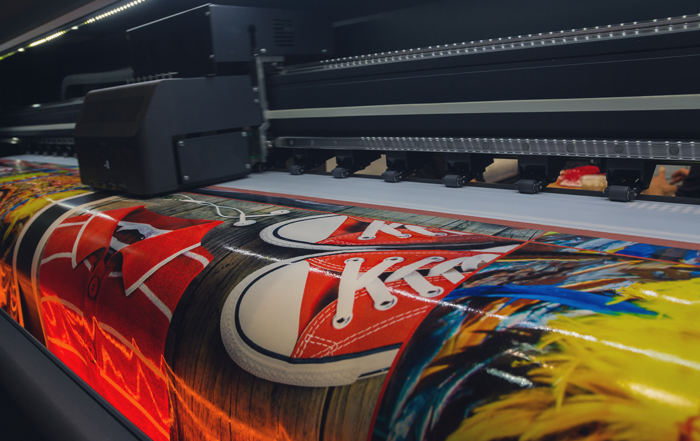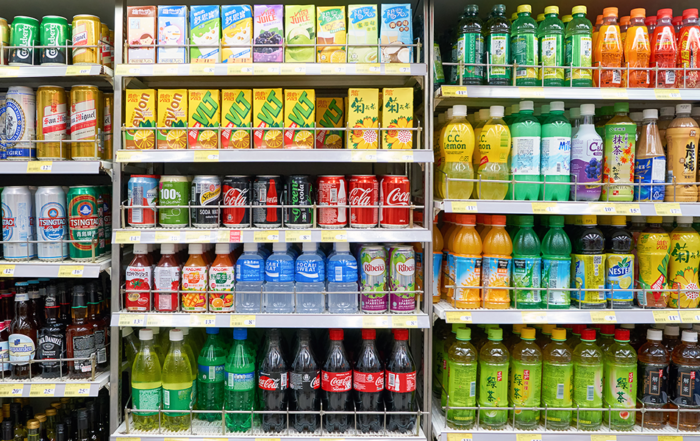Are You Bleeding Time & Money?
It’s hard to go to a conference, trade show, or even read a printing industry news article that does not discuss labor and substrate prices as well as availability. These are critical areas of concern for label converters due to unrelenting lead times, increasing stock-keeping units (SKUs), and the tradeoffs faced.
Substrate Waste
Packagingstrategies.com notes, “When design and packaging work together, brands are elevated from a commodity to an expression of a consumer’s lifestyle.” Not every consumer likes the same thing and increasing SKUs and personalization can capture wider attention. However, it also leads to complexities for label and packaging converters. Maximally filling label substrates would not be too difficult if all labels were rectangular, the same size, and had the same order quantity. Finding the best way to print and gang label print jobs to optimize material provides less waste and increases efficiencies.
Labor Time
The apparent solution to waste is ganging label production jobs to maximize media coverage. The challenge is how to do this. Step-and-repeat processes can take a significant amount of time for even skilled prepress staff:
- Just efficiently laying out the same-size labels is time-consuming
- Increased SKUs lead to handling more files for shorter runs
- Jobs containing more than one label shape and size can become a nightmare
- Attempting to select and gang jobs together to maximize media utilization is nearly impossible
The result is a tradeoff between how much time and money label converters spend on layout creation versus money lost on unused substrate and increased time handling files.
Automated Solutions Are Required to Boost Profits
Determining when substrate utilization is “good enough” can be difficult, and even “good enough” is rarely the best option. Every minute spent planning and creating layouts for print jobs reduces profitability, yet every square inch of the wasted substrate also costs money. Label converters who manually step-and-repeat and gang jobs must constantly balance the tradeoff between labor and waste.
Automating job ganging and layout creation can significantly reduce labor and waste. It can:
- Reduce substrate costs through efficiencies
- Maximize overall throughput by optimizing the use of a substrate and by shortening planning times
- Eliminate skilled labor costs associated with job ganging and layout creation
- Reduce reliance on highly experienced workers who are difficult to hire and retain
Of course, there’s a reason why so many label converters still manually perform these functions. Traditional computer-driven layout solutions are typically too complicated to use and slow in processing. Brute force methods to solve these problems with millions of possible combinations take considerable time—even for computers. Most of these programs start with predefined templates, try every possible combination, and give up after a predetermined number of attempts or attaining a target coverage. In this case, human experience, perception, and intuition can often be more effective at solving problems than computers.
Achieving Maximum Optimization with Artificial Intelligence
Tilia Labs applies leading-edge artificial intelligence (AI) programming to resolve these profit-killing waste and labor problems. The system uses experientially learned pattern recognition to identify efficient potential layout options across images and jobs. Thus, the solution combines the power of computers to inspect millions of combinations with a human-like ability by starting with the most likely candidates based on set criteria. Tilia Labs’ software starts with learned solution approaches but continues to recognize and learn new patterns for any mix of jobs and job elements.
This intelligent planning and imposition software helps label converters optimize production by better managing the influx of smaller jobs while maximizing print efficiency. The range of planning and intelligent imposition solutions from Tilia Labs enables label converters to get the most out of their equipment, substrates, and labor costs.
The software’s imposition AI understands the mix of jobs, looks across all available printing methods, and calculates thousands of potential production layouts in seconds rather than hours. You can select the best plan based on costs, waste, service level agreements, and your overall production schedule.
Label converters typically measure waste through non-productive employee time, overprinting, and rejected work. Although measuring the amount of wasted whitespace on media from inefficient imposition is more challenging, these figures can become substantial with escalating substrate costs. Tilia Labs claims that customers realize an average of 15% less material use with layouts created three-times faster when using its solutions versus traditional approaches. That can result in significant savings across jobs and over time.
Intelligent planning and imposition are critical for reducing waste and labor profit killers as well as reaching maximum velocity in your label printing operations.

Author: Greg Cholmondeley is the Director of Keypoint Intelligence’s Production Workflow Consulting Service, which helps vendors define their future through consulting, market analysis, research, and forecasting. He also works directly with print service providers to improve their operations through workflow audits based on workflow journey mapping and the five stages of smart print manufacturing.

